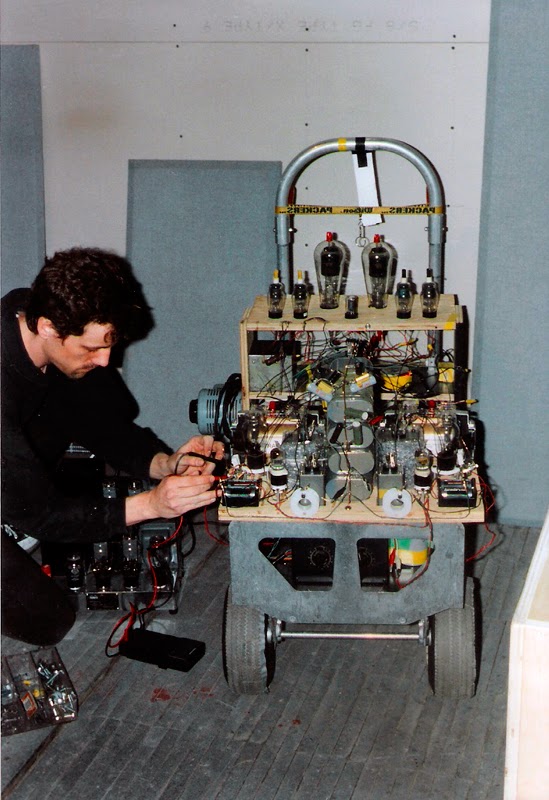As I wrote: In a well designed amplifier the rectifier makes very little difference. So if a customer wants these to be used I use them. Since i always use them in a bridge together with TV dampers I still have the slow ramp up of voltage. The higher voltage drop can be compensated by higher voltage from the power transformer
Thomas
Thomas






















